Uh-Oh… Did That Just Happen?
Okay, picture this. You’re in the lab, juggling three things at once (because yeah, when do we not?) and then—bam—a little splash lands right on your wrist. Heart skips. Thoughts start racing: “Is this a big deal? What do I do?” At this point, panic’s normal, but you don’t have to freeze up. Let’s talk about what really matters—and why If a chemical or a biological sample splashes on your skin wash at once with water (and some soap, if possible… keep it gentle) is the move that saves the day, every time.
Honestly, I’ve had lots of close shaves (spillages, weird stickiness, mystery drips). And guess what? Most people I know who work with chemicals or biological stuff have their own stories too. It’s more common than you might think. So, if you’re feeling sheepish about a spill, don’t. It happens to the best of us.

Splashes: The Not-So-Rare Lab Surprise
Let’s get real for a sec: do you ever wonder why these accidents seem to sneak up on us? Like, you’re cruising along and suddenly there’s a spill, or a beaker does a little hop right when you least expect it. Happens in every lab, I swear. People always think, “That’ll never be me…” until, well, it is.
Where Does It Go Wrong?
Usually it’s those hectic moments. You’re transferring solutions, chatting with a lab partner, maybe even thinking about lunch… and that’s when a pipette jumps ship or you nudge a dish with your elbow. My friend Jamie once told me about a timewhen a tube cap wasn’t on tight and as she flicked it… splat. (Of course, it hit her exposed arm. Because why not?)
And not to freak you out, but lots of these incidents involve stuff you can’t even see right away. hot glass looks the same as cold glass. That’s my favorite reminder that just because you can’t spot trouble doesn’t mean it’s not lurking.
What’s Lurking Anyway?
| Type of Splash | Usual Suspects | Skin Risk |
|---|---|---|
| Chemical | Acids, bases, solvents | Can cause burns, irritation, quick absorption into skin |
| Biological | Blood, cultures, body fluids | Allergic reactions, infection risk, delayed symptoms |
That First Minute—Every Second Counts
So, the moment a chemical or biological sample splashes on your skin, what do you do? Don’t overthink. Just get to a sink, or the emergency shower if it’s a big area. Wash. Like, right now. No waiting to finish that protocol; nothing should come before your skin’s safety.
Why Don’t We Wait?
Chemicals, especially the nasty ones, love to make themselves at home under your skin—or in your bloodstream—faster than you’d guess. Even “mild” stuff can cause a rash, redness, or worse. According to practical lab safety guidelines, some chemicals might not feel like anything at first, then an hour later your skin’s on fire. That’s why “If a chemical or a biological sample splashes on your skin wash at once with water” is the golden rule nobody should ignore.
And truly—if you’re ever unsure whether it’s bad, just think about what happens if you leave it: more burn, more irritation, possible scarring, sometimes even systemic (whole-body) reactions… nope, not worth the gamble. Trust me, you don’t want to be that tough person who regrets waiting.
Fresh Out of the Lab: A Tale
I’ll never forget this new grad student—let’s call him Dan. His first week, he splashed dilute acid on his hand and thought, “Oh, it’s not bleach… I’ll finish this step first.” Couple hours later, his skin was itching and red. Had to skip lab for a day. Total pain in the…hand. Now he’s the first guy to the sink if anything touches his skin.
| Action | Why It Works | How Long? |
|---|---|---|
| Wash with lukewarm water | Dilutes and removes the chemical | 15 minutes minimum |
| Remove contaminated clothing | Keeps chemical from getting trapped | ASAP |
| Use soap (if gentle) | Helps with sticky/greasy substances | Toward end of rinse |
Washing Like a Pro—Quick, But Smart
Okay, here’s the drill. Say it out loud with me (because when your hands are shaking, it helps): if a chemical or a biological sample splashes on your skin wash at once with lots of water. But there’s more detail if you want to be truly skin-smart…
Step-by-Step Hero Routine
- Drop everything (careful with glass!)
- Get to running water immediately—do not take time to Google yet.
- Rinse the area under a gentle flow of lukewarm water for at least 15 minutes.
- Remove rings, watches—anything trapping the liquid against your skin.
- If clothing is soaked, ditch it. Modesty can take a back seat to safety.
- Add gentle soap if the material is oily or sticky (last five minutes).
- After washing, pat dry with a clean towel, and check your skin.
Still feel a sting or tingle? Lab guidance says call the nurse or supervisor—better safe than sorry. The point is: don’t just wipe or dab. That’s like pretending hot glass looks the same as cold glass.… looks can be deceiving.
But What About Big Spills?
When it’s more than a droplet (like, you’re wearing half a bottle), don’t hesitate—emergency shower time. It feels weird at first, but it can prevent permanent skin damage. Get completely under the flow, clothes off, and just… rinse everything away for a long 15 minutes. Annoying, cold, but so worth it.
Eyes: Different, But Also Urgent
(Quick detour—if you get a splash in your eyes, don’t rub, don’t wait, don’t panic. Straight to the eyewash station. Hold lids open, roll your eyes all around, and keep going for—you guessed it—15 minutes. Even if it feels fine after one minute. Check out lab protocols for this.)

Let’s Talk Prevention: Because Washing Isn’t Plan A
Yeah, washing is the safety net, but wouldn’t it be nice if splashes never happened at all? Let’s rethink how we gear up and work. Honestly, the best stories are the ones where nobody got splashed in the first place.
PPE—Not Just for Hazmat Heroes
Don’t roll your eyes! Gloves, aprons, goggles… they seem like overkill, until you skip them one day. Once, our team upgraded to proper chemical-resistant sleeves after a scary “mystery splash” session, and guess what? Splash incidents plummeted. You can be careful, but not that careful—sometimes it’s just luck, and PPE tips the odds in your favor.
Choosing What Actually Works
| Gear | Everyday Option | Best Protection |
|---|---|---|
| Apron/Sleeves | Cotton, polyester | Chemical-resistant synthetic |
| Gloves | Latex | Nitrile, neoprene |
| Goggles | Safety glasses | Splash goggles with side shield |
Remember, just as when you finish working with chemicals, biological specimens, and other lab substances, always run through your checklist for gear. If it’s not up to par, now’s a great time for a swap. (Bonus: no lab drama over ruined sweaters!)
Here’s the thing: Some materials, like cotton and polyester, sound comfy—but they’re like using paper towels for a raincoat. According to lab safety guides, chemicals can seep right through and end up against your skin. Not what you want, right?
Aftermath: Checking In and Healing Up
So you’ve done everything right: washed, changed, maybe done the awkward shuffle back to your station. Now what? Don’t just assume it’s over! Your skin’s got its own timetable.
What Should You Watch For?
Keep an eye on the spot. Does it start to itch, swell, or turn red over the next day? Are blisters creeping up? Even if it seemed like “just a splash,” some reactions are slowpokes. Think of your skin as that friend who’s late to every party—it reacts at its own pace.
- Mild: Fades after rinsing, maybe a little pink. Just moisturize. Celebrate being quick on your toes.
- Ongoing: Still burning, red, or looks weird after an hour or two? Get medical help—it’s not wimpy, it’s wise.
- Severe: Swelling, blisters, or nausea? That’s a big deal. Lab supervisor, health office, or even urgent care. Trust your gut.
Don’t Ignore Sneaky Delayed Issues
Years ago, a labmate of mine brushed off a faint rash (“Just a little irritation, right?”) only to see it get angry by the next morning. By then it needed a consult—luckily, she got treatment in time. Moral of the story? Monitor for at least 24-48 hours. Listening to your body is a superpower.
If you’re ever uncertain, or need to double-check your habits, revisit those core lab rules: just as when you finish working with chemicals, biological specimens, and other lab substances, always clean and check your space and your body. It’s not being extra—it’s just smart self-care.
Everyday Safety—Your Future Self Will Thank You
You made it this far, so here’s my real talk wrap-up: spills and splashes don’t make you a disaster—they just mean you’re human. It’s how you respond that counts. If a chemical or a biological sample splashes on your skin wash at once with water, every single time. Don’t wait. Please don’t let pride (or being “busy”) cost you your skin. Fast action minimizes harm, protects your health, and honestly—makes you look like a pro in front of your peers.
And prevention? It’s the low-key hero move. Take a few extra seconds to check your PPE, walk through the work step, and of course, when you finish working with chemicals, biological specimens, and other lab substances, always clean up everything—your tools, your surfaces, and yourself.
So: next time that heart-skipping splash happens, trust your instincts, move fast, and—you guessed it—wash, wash, wash. Got your own splash story? Or found a ritual that helps you remember the protocol on autopilot? Share it! We’re all in this together, and honestly, building good habits is way easier with a little backup. Stay safe, stay curious, and high five to your healthy skin (even if a glove is in the way).

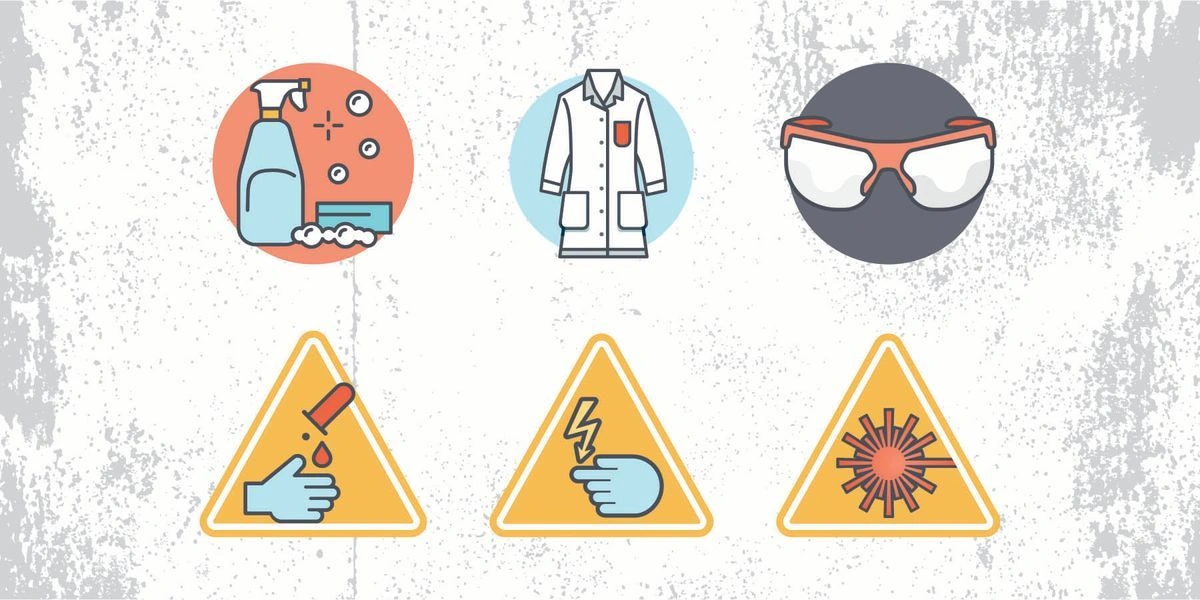
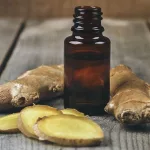
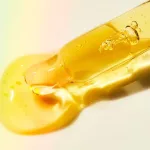
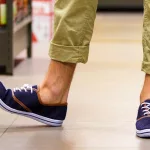



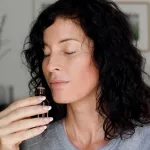

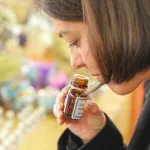
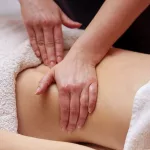

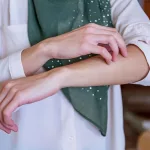
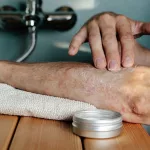
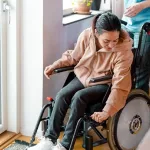
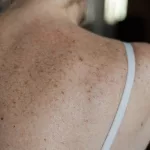

Leave a Reply
You must be logged in to post a comment.